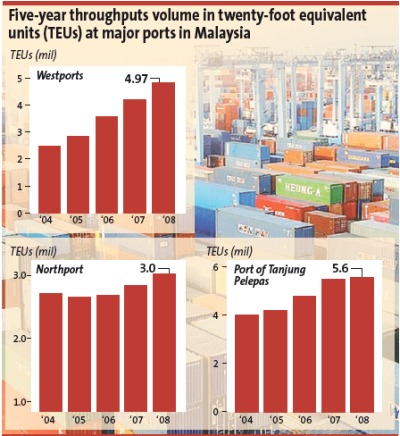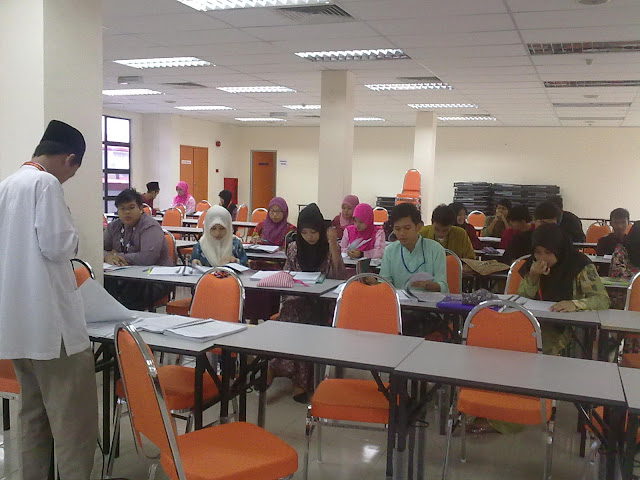
The international container shipping industry has an enormous economic
footprint. All told, the industry transports more than one-third of the value of
global trade, and provides more than 4.2 million jobs. Seaborne trade has grown with the world economy - at any given point, the largest shipping lines transport more than 3 percent of the globe’s gross national product. And because shipping routes play a huge role in the regional growth and the development of today’s complex supply chains, the industry’s economic reach is even greater.
This economic footprint comes with a heavy environmental footprint, as well. The biggest environmental impacts are felt in the air and water. Carbon emissions from shipping alone are estimated at 3 to 4 percent of global carbon emissions.While environment presents the biggest risks and opportunities for international container shipping companies, the industry also faces significant issues related to security, health and safety, business ethics, and social responsibility.
These challenges are varied. The industry’s role as a global connector and facilitator of trade means it has a meaningful and often significant influence over which producers can attain access to different markets. International container shipping companies also deal with issues of legality; because both legal and illegal products are transported through the industry’s networks, companies find themselves under the same kind of pressure that telecommunication services providers have experienced for transmitting content they can’t control. A third problem:Because container shipping companies operate in a number of global markets with no or limited enforcement of the rule of law, they are regularly exposed to human rights risks and unethical business practices.
The sustainability challenges are therefore categorized into five major topic areas: Environment, Health and Safety, Security, Social Responsibility, and Business Ethics. Whilst our research shows that these areas bring their own unique set of risks and opportunities for companies to manage, we also find that the evolution of the sustainability challenges within the industry are far from being immune to wider societal changes occurring, and are in many ways a direct function of such mega-trends. There are four suggestion of mega-trends will exercise an important influence on the industry:
» Hyper-transparency
» Rise of rights and local governance
» Regulated carbon and resource constraints
» Socio-economic changes














